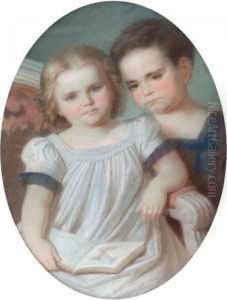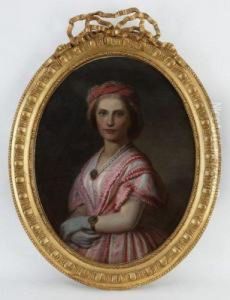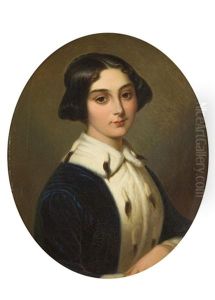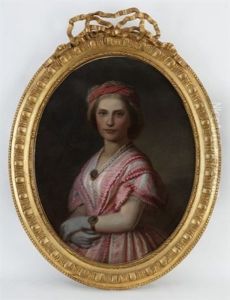Albert Walch Paintings
Albert Walch was an Austrian painter and graphic artist known for his contributions to art during the early 20th century. Born on January 28, 1881, in Graz, Austria, Walch showed an early interest in the arts. His initial education in the field was at the State School for Arts and Crafts in Graz, where he honed his skills in drawing and painting.
After his foundational education, Walch furthered his studies at the Academy of Fine Arts Vienna, which was a prominent institution for artistic training in Austria. Here, he was influenced by the works of his contemporaries and predecessors, which included the styles of Art Nouveau and the Vienna Secession, a movement that sought to break away from the traditional academic art of the time.
Walch's work was characterized by a blend of traditional craftsmanship and modernist aesthetics. He was proficient in various mediums, including oil painting, watercolors, and graphic arts. His subject matter varied from landscapes and urban scenes to portraiture and still lifes. Walch's style evolved over the years, reflecting the changes in European art movements, from the decorative lines of Jugendstil to the more expressive and abstract tendencies of the interwar period.
Despite facing the challenges of two world wars and the interwar economic difficulties, Walch continued to produce art throughout his life. He exhibited his work in numerous shows and was part of the vibrant artistic community in Austria. His contributions to Austrian art were recognized in his lifetime, and he received several honors and awards.
Albert Walch passed away on March 11, 1972, leaving behind a body of work that is appreciated for its historical significance and artistic value. His legacy is preserved in various collections and museums in Austria and beyond, where his pieces are studied and admired by art enthusiasts and historians alike.



